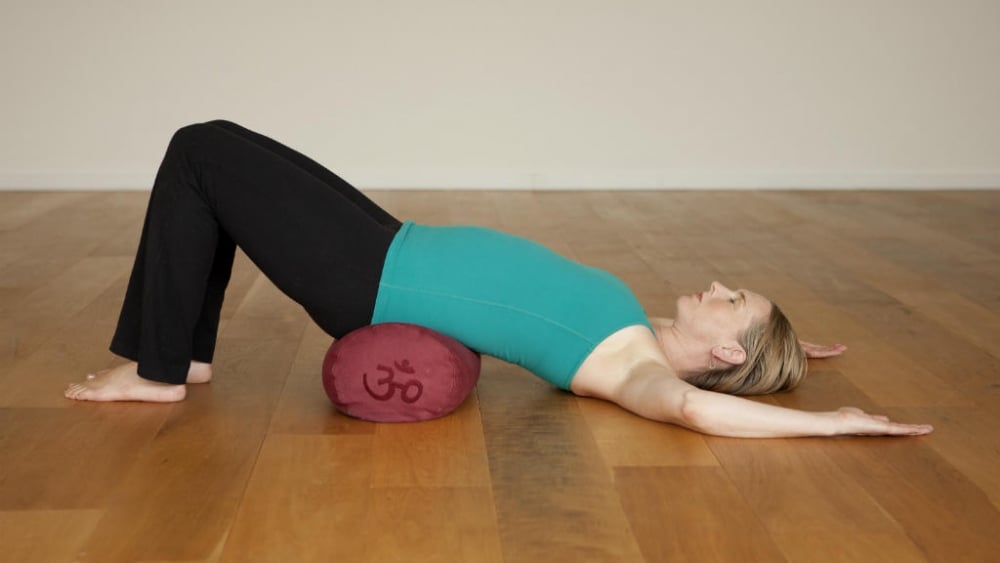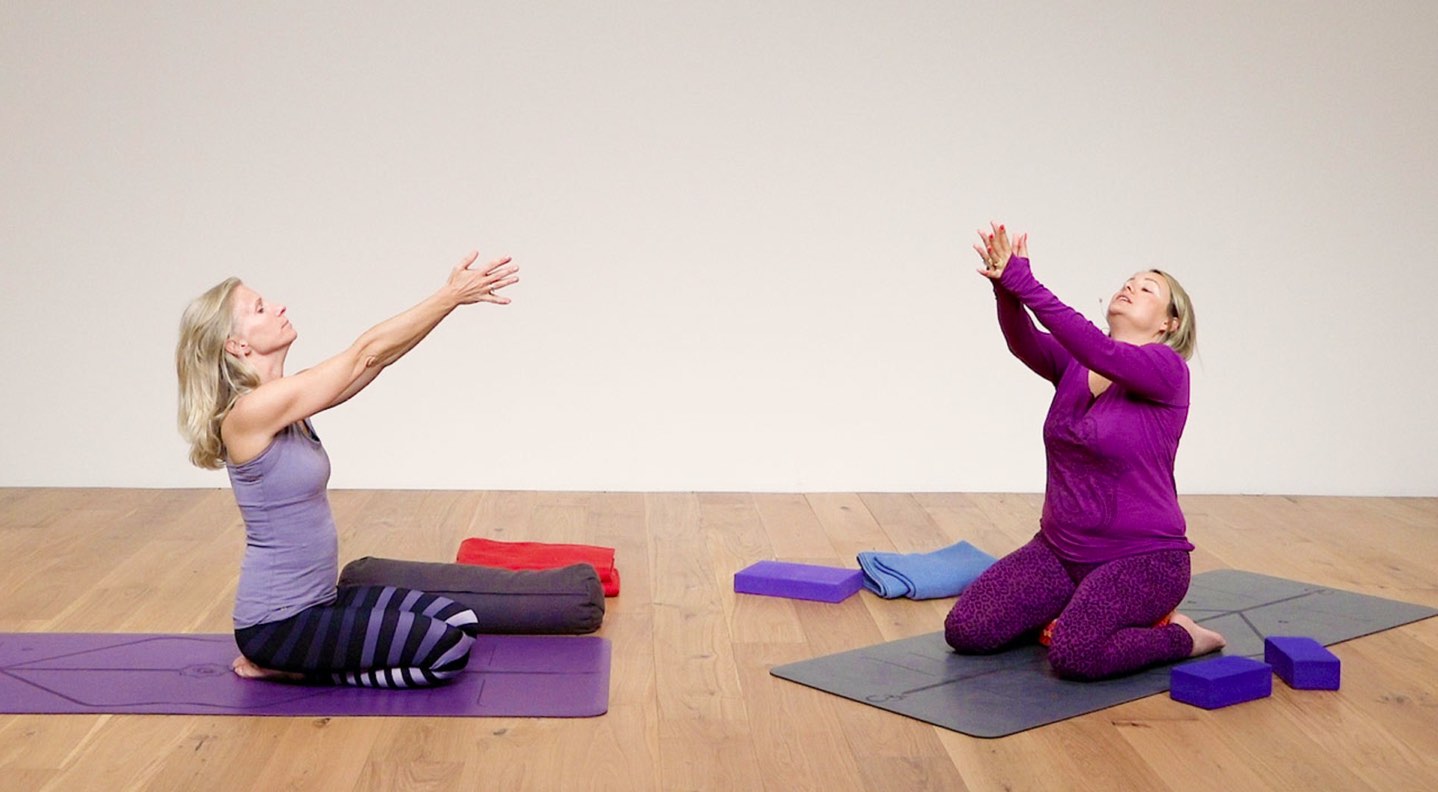Yoga teaches us that if we do not take care of ourselves, we begin to feel dis-ease within the body. But what if this dis-ease could be a positive force, helping us to become more mindful? Kat explores this issue from a personal perspective…
Step 1 – Admit you have a health concern
A little while ago I finally went to the doctors with lower back pain. For some time I had not wanted to admit to myself that there was anything wrong. I have a dedicated yoga practice, I am young and reasonably fit and I teach yoga. It felt like it was a defeat to admit I wasn’t 100%.
I eventually swallowed my pride and went to the surgery. The doctor was pleasant and told me to keep moving and keep practising yoga. He was positive about Eastern approaches to solving problems like back pain, which I found refreshing. He arranged a physiotherapy appointment.
Since starting physiotherapy, I’ve also developed a sore knee. I haven’t done anything in particular to have caused this as far as I’m aware. It seems to have started hurting of its own accord.
Step 2 – Go through the emotions
With both my lower back and knee hurting most days, my yoga practice has developed into something different than it was a year ago. I originally saw these injuries as problems. I was annoyed that I was now “limited” in my practice. I found practising in the morning too challenging for my lower back and with the addition of my knee pain, it became even more difficult. I also noticed that I could no longer do shoulderstand painlessly until late evening. I found these things irritating. I felt like they were holding me back.
Then I took a long look at what I was doing to my body. I was straining to try and do the things I had been able to do before. I didn’t want to admit ‘defeat’ again. I didn’t want to feel like I was failing. I knew this isn’t what yoga is about; it’s about being gentle, more accepting, and kind to yourself. I realised I had to change my approach.
Step 3 – Change the way you think about your health concerns
I started to view these ‘problems’ as lessons. I saw them as a chance to re-evaluate my yoga practice. One thing I struggle with in my practice is motivation… and one major effect of having an injury was to encourage me to change the ways I do things.
So, I brought my yoga practice back to the mornings as I find this the best time for me if I want a settled mind. However, rather than jumping straight into the postures, I make more of an effort to practise Pranayama (something I had been neglecting because I wanted to be moving and “didn’t have the time” to fit that in too). I now practise meditation before anything else. These seated positions help to open my knee slowly before the asanas. My asana practice then begins with some gentle exercises from the physiotherapist for my back, again giving my body time to adjust to the movements.
The issue with my knee has encouraged me to adjust many yoga postures. During forward bends, I no longer work towards getting my chest to my thighs. Instead, I focus on how it feels behind my knees. What are my hamstrings are telling me? Are they suggesting to keep my knees slightly bent? What’s my lower back saying during the forward bend? Is it happier with knees bent and upper back slightly more rounded?
My injuries have allowed me to see where I may have been putting undue strain on my body. They have helped me to completely lose the idea of looking a certain way when in a posture. I am no longer practising for the final posture but for somewhere I feel comfortable. I am much more in tune with my body.
My injuries have allowed me to see where I may have been putting undue strain on my body. They have helped me to completely lose the idea of looking a certain way when in a posture.
Ultimately, these injuries have taught me to move more mindfully, to appreciate and notice how my body feels when I move and to slow down, both on and off the mat.
Step 4 – Be kind to yourself
Sometimes, when you’ve been practising consistently for a number of years you may find you’re ‘aiming’ for the most challenging postures and stop practising the gentler ones which are kinder to your body. When or if we find ourselves with injuries from yoga or elsewhere, it can be a good opportunity to revisit those ‘beginners’ postures. It can encourage us to reconnect to how it feels to find our body for the first time. Remember your first yoga class – your body may have been resistant but with regular practice, it probably didn’t stay that way.
I have learned that by taking a step back in my practice and listening to my body, I can help soothe those aches and pains. And the more time I give myself to heal, the more I am actually practising the real message behind yoga.
Practise in class
EkhartYoga members – put this into practise on the mat in Marlene Smit’s class: Practice self love – 60 mins / All levels / Yin / Kundalini-inspired:
Related article
The flexibility myth – Sandra Carson on how we could be overstretching our bodies in yoga and how to practise in a way that honours our body instead:
“We tend to forget that the most valuable part of our yoga practice is simply listening to our bodies. There is no such thing as ‘a yoga body’. There is just your body. And that body is perfect for yoga.”
About the author:
Kat Bayly is a yoga teacher based in Frome, Somerset, UK. She completed her yoga teacher training in Goa, India, with the Yogaprema School of Yoga. She runs weekly classes in Frome, is a guest teacher for Yogaprema and enjoys writing about all things yoga on her blog.


